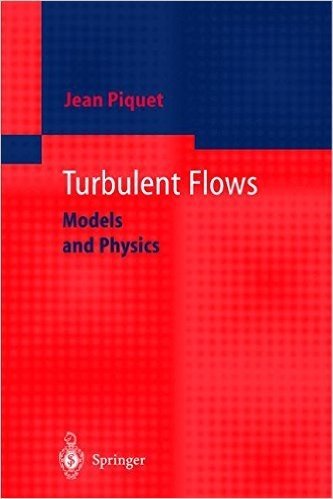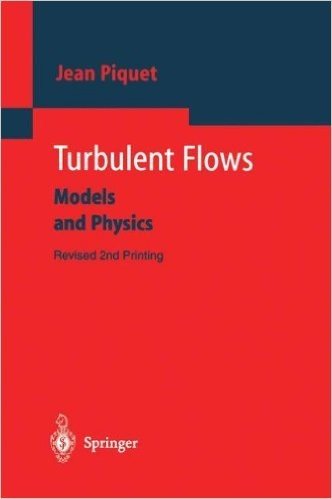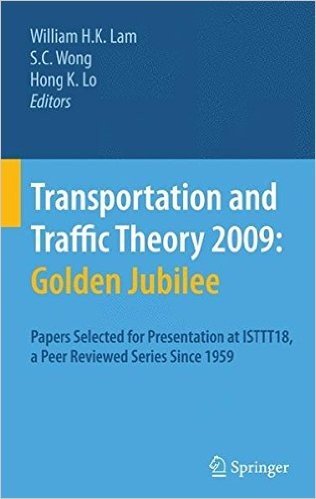Turbulent Flows baixar o livro de graça
obtained are still severely limited to low Reynolds numbers (about only one decade better than direct numerical simulations), and the interpretation of such calculations for complex, curved geometries is still unclear. It is evident that a lot of work (and a very significant increase in available computing power) is required before such methods can be adopted in daily's engineering practice. I hope to l"Cport on all these topics in a near future. The book is divided into six chapters, each. chapter in subchapters, sections and subsections. The first part is introduced by Chapter 1 which summarizes the equations of fluid mechanies, it is developed in C apters 2 to 4 devoted to the construction of turbulence models. What has been called "engineering methods" is considered in Chapter 2 where the Reynolds averaged equations al"C established and the closure problem studied ( 1-3). A first detailed study of homogeneous turbulent flows follows ( 4). It includes a review of available experimental data and their modeling. The eddy viscosity concept is analyzed in 5 with the l"Csulting alar-transport equation models such as the famous K-e model. Reynolds stl"Css models (Chapter 4) require a preliminary consideration of two-point turbulence concepts which are developed in Chapter 3 devoted to homogeneous turbulence. We review the two-point moments of velocity fields and their spectral transforms ( 1), their general dynamics ( 2) with the particular case of homogeneous, isotropie turbulence ( 3) whel"C the so-called Kolmogorov's assumptions are discussed at length."
- Jean Piquet Autor:
- 3540654119 Isbn 10:
- 978-3540654117 Isbn 13:
- Capa dura Páginas de capa mole:
- Springer; Edição: 3rd ed. Publisher:
- 1,2 Kg Peso:
- 1,2 Kg Peso:
- 15,6 x 4,1 x 23,4 cm Dimensões e tamanhos:
- Inglês Idioma Turbulent Flows:
Escolha um formato:
| rating | icon | release | other | uploader | baixar |
|---|---|---|---|---|---|
| 10 |
|
zip Turbulent Flows | uho-solder | baixar | |
| 6 |
|
rar Turbulent Flows | osamawang | baixar | |
| 9 |
|
exe Turbulent Flows | shima | baixar | |
| 9 |
|
apk Turbulent Flows | shima | baixar | |
| 5 |
|
ios Turbulent Flows | shima | baixar |






















